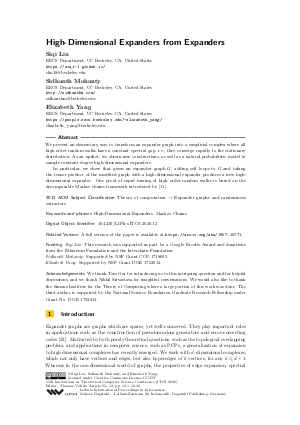LIPIcs.ITCS.2020.12.pdf
- Filesize: 0.98 MB
- 32 pages

 Creative Commons Attribution 3.0 Unported license
Creative Commons Attribution 3.0 Unported license



















Feedback for Dagstuhl Publishing